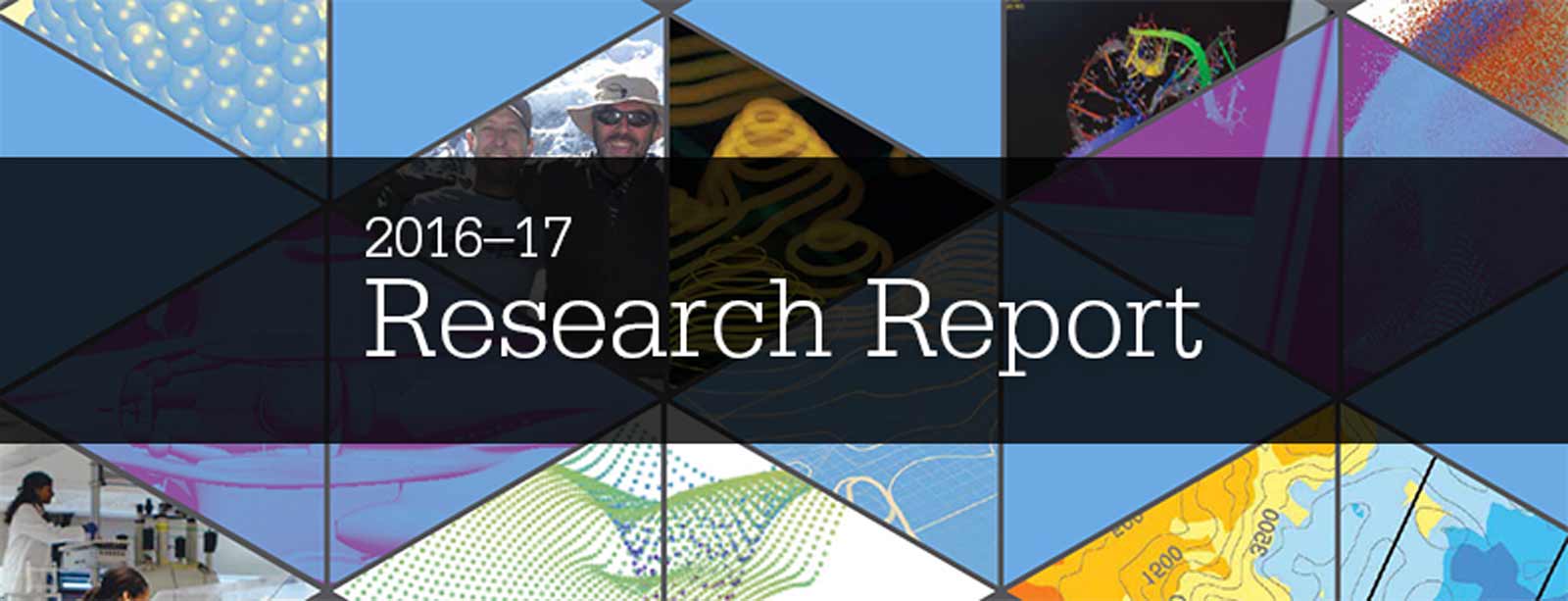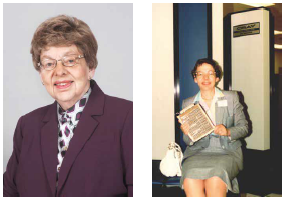Janet Del Bene, Ph.D., has dedicated five decades to research in theoretical chemistry. And she’s done it with, and without, the help of the Ohio Supercomputer Center. Of course, the only time she didn’t use the Center’s high performance computing capabilities was when they didn’t exist.
As a professor and computational chemist at Youngstown State University, Del Bene participated in many of the early efforts that led to the establishment of OSC in 1987. In the late 1980s, she was the third chairperson of the OSC Statewide Users Group.
“That was a really exciting time,” she said. “I was on sabbatical in 1988-89 working with Professor Isaiah Shavitt at OSU. This was when the first Cray was being installed. The machine was in the shape of a ‘C’ and on the outside was the cooling system, which had cushioned seating. That was the most expensive seat I have ever had.”
“I was fortunate to have been involved in the early stages of computing. When I first began using computers, it was necessary to write code, since there were no canned chemistry programs available. Because most chemistry students today do not write code, I think they are missing out on appreciating the intricacies of computers, and how computers work to carry out instructions.”
Del Bene has been on a “continuous sabbatical” for 19 years, during which time she has continued to be a leader in theoretical studies of intermolecular interactions, publishing 285 papers to date. These are interactions between two molecules when they come together to form some type of complex.
Since 2002, Del Bene has been collaborating with Ibon Alkorta, Ph.D., and José Elguero, Ph.D., from the Spanish National Research Council. Together they compute and analyze the structures and binding energies of complexes, and many other properties.
Del Bene uses an ACES II code on OSC’s Oakley Clusters to calculate Nuclear Magnetic Resonance spin-spin coupling constants for complexes.
“These computations are very demanding even for today’s machines,” Del Bene said. “I continue to marvel that I can run a job for days and get a lot of numbers, and then make chemical sense out of them. Doing this allows me and all of us to better understand the wonderful physical world in which we live. All of this work has been made possible through the support of OSC.”
###
Written by Ross Bishoff
Project Lead: Janet Del Bene, Ph.D., Youngstown State University
Research Title: EOM-CCSD Studies of Molecular Properties in Electronic Excited States
Funding Source: Youngstown State University
Website: researchgate.net/scientific-contributions/39799772_JANET_E_DEL_BENE

